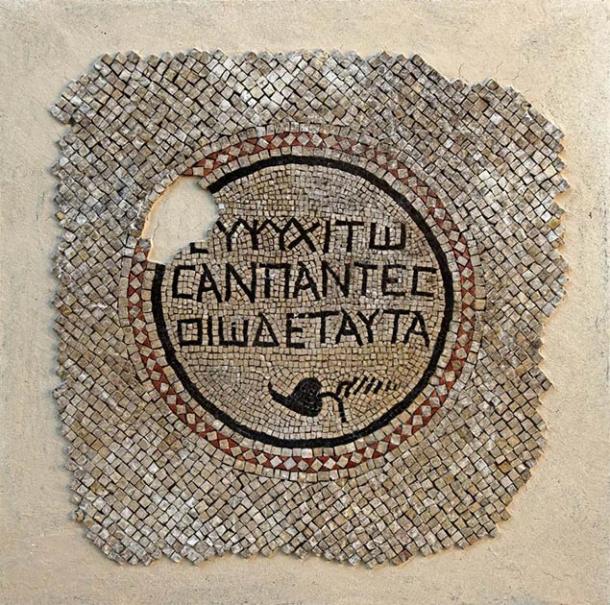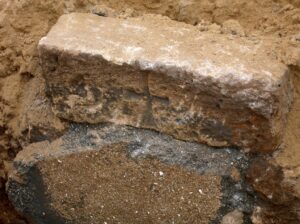Over the last decade, archaeologists have managed five new digs in and around the ancient port of Jaffa, and the results were detailed in full by the Israel Antiquities Authority (IAA) in last month’s edition of the journal Atiqot (Antiquities).
The range of multicultural historical artifacts and buildings date back several thousands of years and connect the city with its ancient Greek origins.
Yoav Arbel, the IAA archaeologist who led four of five new digs, told Haaretz that the city experienced at least three periods of significant expansion.
“In Hellenistic times, then a protracted phase spanning the Byzantine, Islamic and Crusader periods, and finally under the Ottomans in the 19th century.”
The digs took place in what used to be the outskirts of the town, below the seaside hill that housed the historical core of ancient Jaffa, and which holds well-explored archaeological ruins that go back to the time of the Egyptian Pharaoh Ramses II.
Jaffa as “a thriving Hellenistic expansion” is supported by loads of discoveries made at the five dig sites at construction and public work projects.
Evidence suggests the port city of Jaffa was fortified before 2000 BC.
Arbel notes that in these early days, the area to the east of the mound, which would later become the lower city, was greatly non-residential and mainly used for burials.
This was dramatically illustrated by the oldest find uncovered in the latest archaeological campaign: the burial of an infant dating to the Middle Bronze Age (18th-17th centuries B.C.E.), who had been interred in a jar.
This was a common form of burial for infants in this and earlier times throughout Canaan and the Near East.

One of the digs, on the site of the 19th century French Hospital, investigated one of the many cemeteries that served the city through the millennia.
In the Byzantine part of the burial ground, archaeologists recovered a mosaic inscription that probably adorned the entrance to the necropolis in the fourth or fifth centuries C.E., reports Leah Di Segni, a Hebrew University expert in ancient Greek inscriptions.
The text roughly translates to “Be of good courage, all who are buried here. This is it!” – or, in other words: that’s life!

Leah Di Segni
After a decline in status over several centuries, the city boomed again after the 5th century BC during Byzantine times. This can be seen in numerous finds, including a wine press and a grave marker bearing a Byzantine cross.

In Byzantine times, the city reached what Dr. Arbel described as “its greatest pre-modern extent.”
Evidence also affirms that during the 13th century Crusades, the port was a strategic center for European treasure hunters.
Aat that time it was heavily fortified with a European style moat but after that, Jaffa port was abandoned for several centuries until the Early Islamic period.
It was conquered by the Arabs in 636 AD.


